Michael Palin in North Korea, a two-part documentary in which the Python is given a tightly choreographed tour of that country, aired on Channel 5 last year. Palin dances with cheerfully drunk residents of the country on International Workers’ Day; picnics with his guide, a woman called So Hyang; plays catch with an inflatable globe with some children; learns Taekwondo; sees some beautiful scenery — mountains, rivers as well as cities comprised of coordinated, colourful blocks, with monuments dedicated to the Great Leaders (as the rulers of North Korea past and present are collectively called).
Already a subscriber? Log in
Black Friday sale
Subscribe today and get 10 weeks of The Spectator Australia for just $1
- Unlimited access to spectator.com.au and app
- The weekly edition on the Spectator Australia app
- Spectator podcasts and newsletters
- Full access to spectator.co.uk
Unlock this article
You might disagree with half of it, but you’ll enjoy reading all of it. Try your first month for free, then just $2 a week for the remainder of your first year.

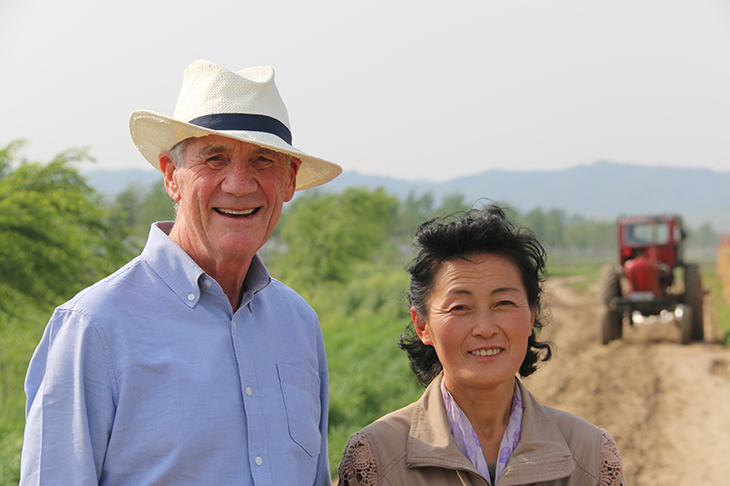
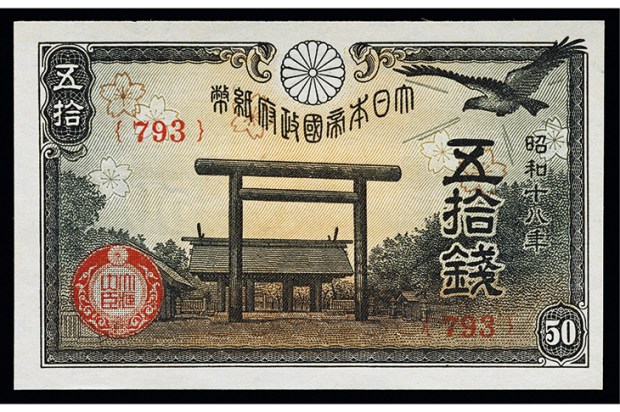
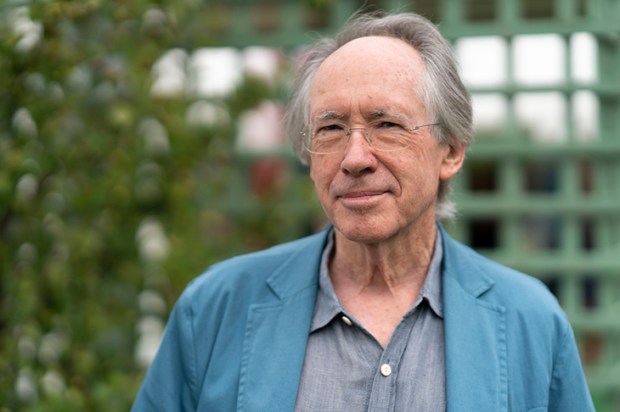
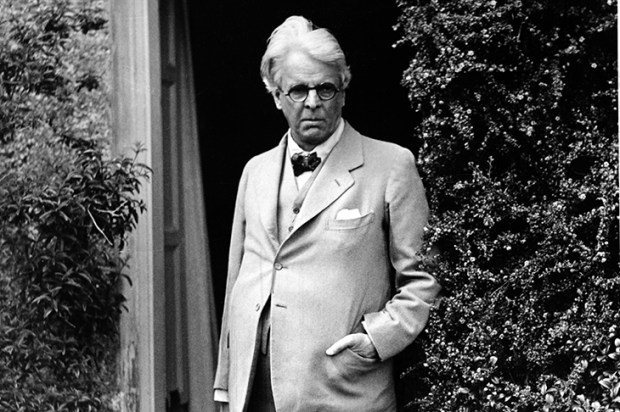
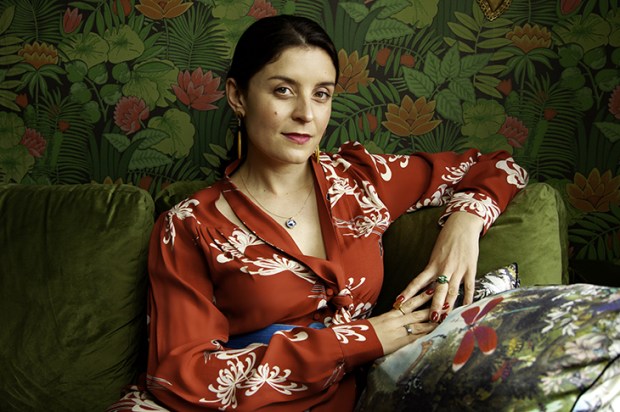
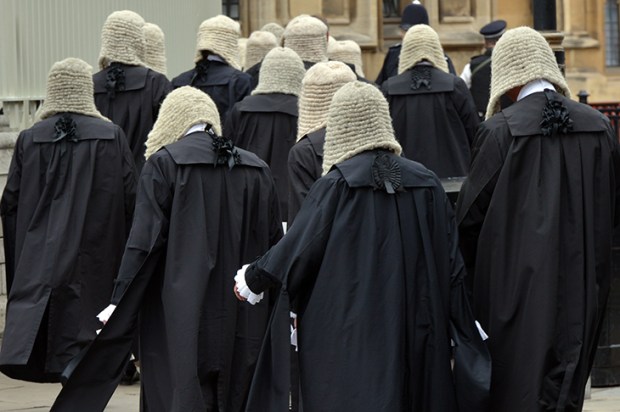
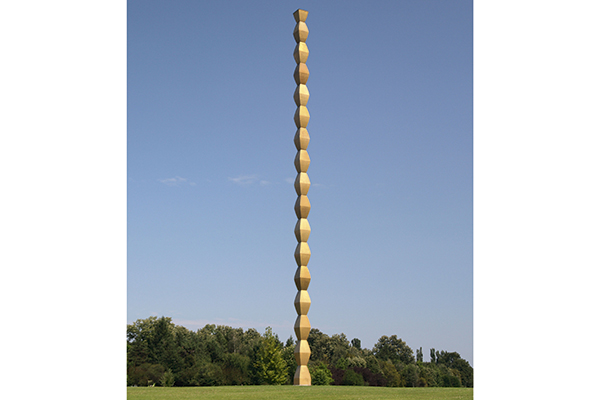
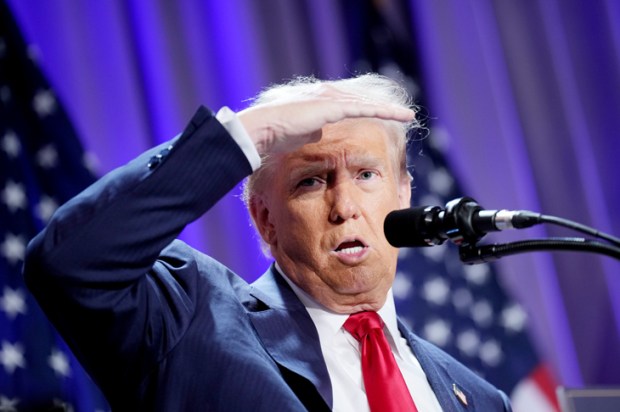





Comments
Black Friday sale
Subscribe today and get 10 weeks of The Spectator Australia for just $1
SUBSCRIBEAlready a subscriber? Log in